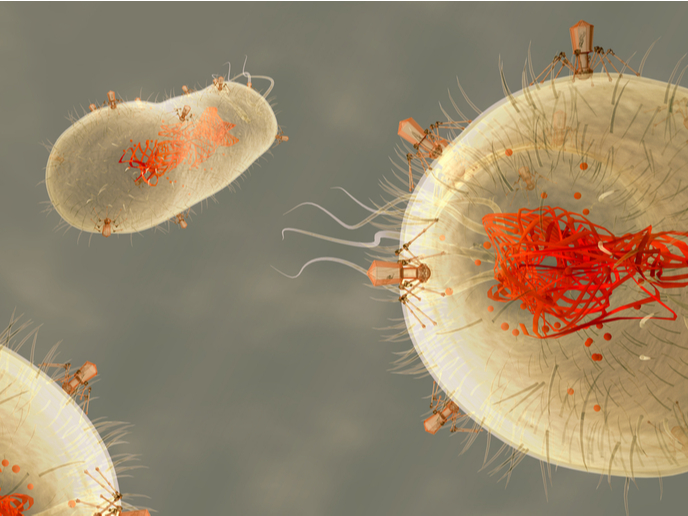Understanding how the Arctic ecosystem will respond to climate change
As global warming set its sights on the polar regions, it is not known how the unique flora and fauna in this region will respond to the changing climate. In fact, there is fear that stores of carbon locked up in Arctic soils may be released as temperatures rise, further aggravating the situation. Whether or not this threat is realised may depend on tiny microorganisms in the soil, known as ectomycorrhizal fungi, which help regulate nutrient exchange. Funding from the EU was allocated to study this aspect in detail in the context of the 'Ectomycorrhizal fungi and the stability of soil organic matter in a changing Arctic' (Ectoarc) project. Experiments were carried out in arctic and boreal forests and heaths in Sweden using a number of advanced molecular and genetic techniques. It was discovered that elevated levels of ectomycorrhizal fungi activity were correlated with both increased tree growth rates and humus production. This strong influence on the carbon cycle must be accounted for in models in order to improve the accuracy of predictions of the future state of these ecosystems and the climate. Another interesting finding during Ectoarc was the incredible variety of taxa of ectomycorrhizal fungi, many of which had never before been observed. Several scientific articles have been published and new research collaborations have also been established. This work will be of value to users of these ecosystems as well as policymakers and stewards of these valuable natural resources.







